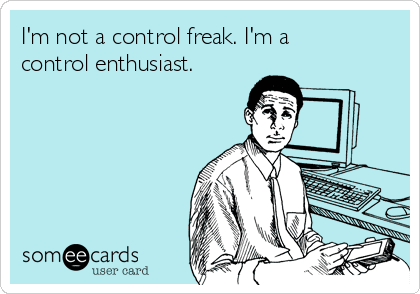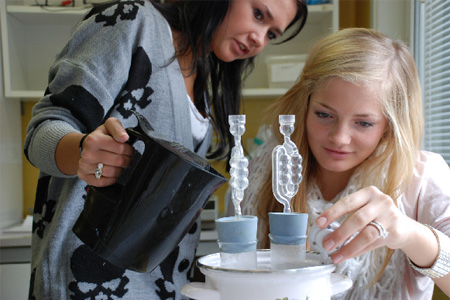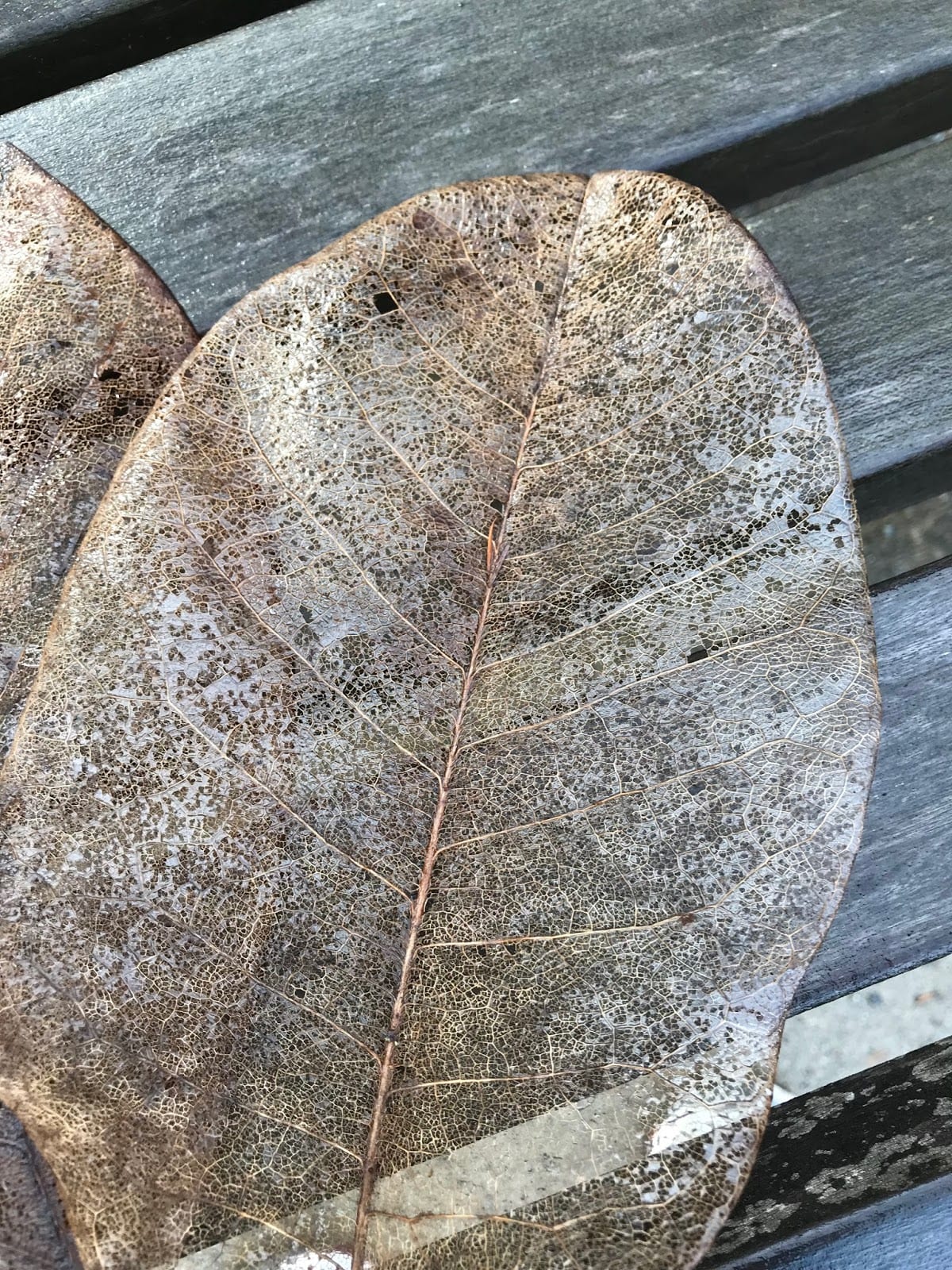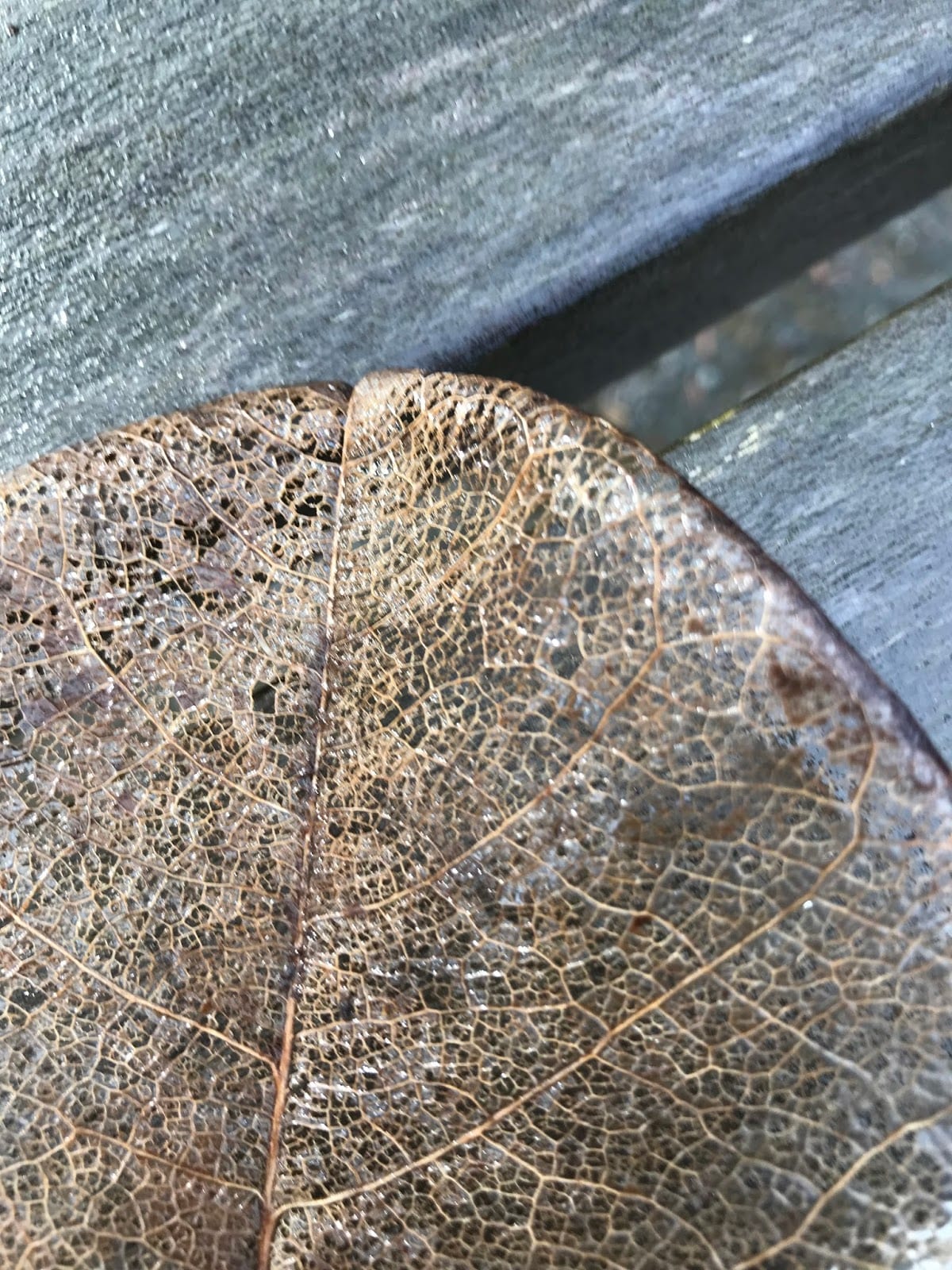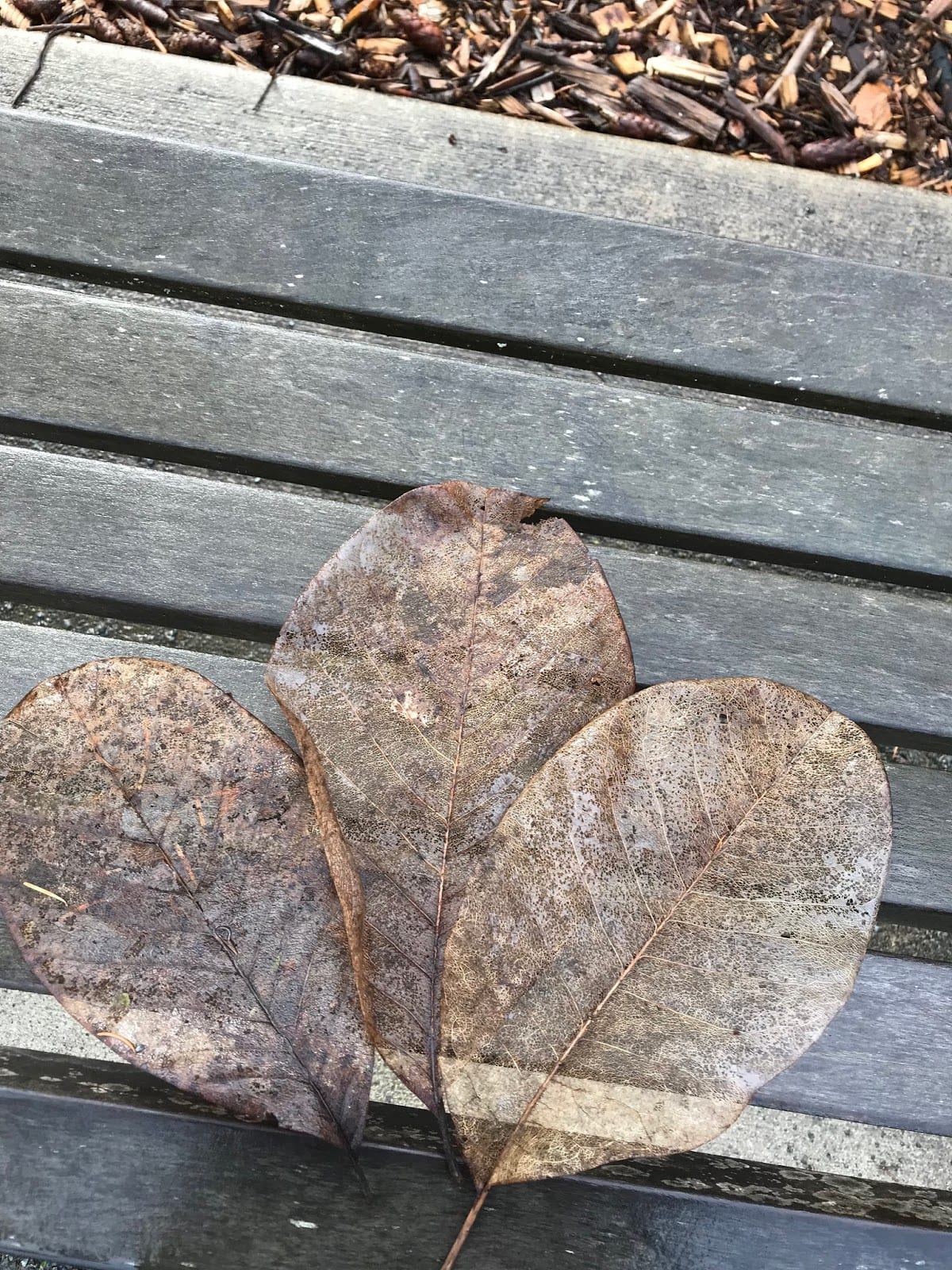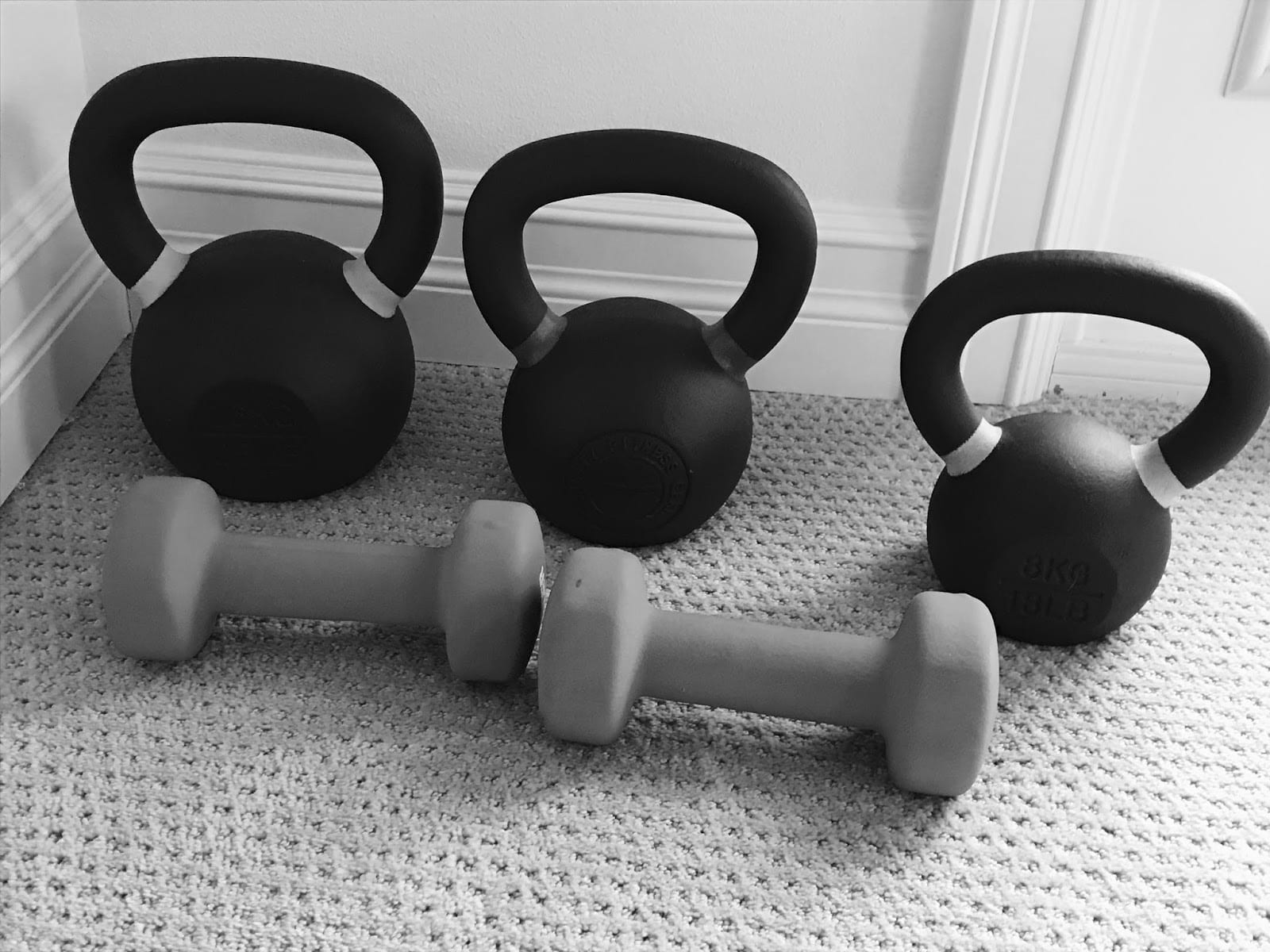My last post pointed you to my friend Jen and her work that helped me set a new tone for my life. I have several pages of notes from a day I spent with her last year in a tiny little cabin on an island in the Pacific Northwest and every now and then when I’m feeling a bit lost, I revisit them and find new nuggets of wisdom.
Last week, I unearthed the notebook again and found a loose sheet of paper I’d tucked inside. It features just eight words, spaced out and written in sky blue pen. I don’t remember when I wrote them, but I vaguely recall sitting down one morning with my coffee, lighting a candle, and doing metta meditation to start my day. When I finished the meditation, I reached for a sheet of paper and wrote what came to me. I do this often, and it doesn’t always make sense in the moment, but capturing them for later has proven to be powerful.
Sometimes, I have epiphanies or sudden shifts in thinking that have profound effects. It’s a little like an earthquake that suddenly and irrevocably changes the landscape of my mind and heart and life. But more often, I’m learning that making substantive changes takes intent and practice. I have to embed and embody new ways of being in to my life so that they become habits, and these seven words are emblematic of that hard work.
Patience
Being patient requires me to trust in the abundance of the universe, the kindness of people, the rhythms of life. Like a surfer whose timing is off and has to watch a perfect wave pass by without begin able to ride it, I have to wait and know that it’s only a matter of time before the next good one comes by and lifts me. Once-in-a-lifetime stories are romantic and cinematic, but not really an accurate reflection of the way life works.
Perseverance
This also asks that I trust – in my own ability to keep moving, in the fact that one step will lead to another. It doesn’t mean that I have to know what all the steps are, or where the ultimate destination is, just that the next step will come and then the next and the next. And it doesn’t mean that I can’t rest, only that I listen closely so that when I’m called to start moving again, I hear it.
Passion
This word is sometimes over-used, but it is also under-rated. Being able to tap in to the things that drive me, that motivate me, that stir that feeling in my belly that excites me and makes me smile is a skill, if only because it asks that I acknowledge that those things are intrinsically worthy, that they are enough, important, valid (whether or not they lead to monetary success). I’ve been in relationships where my passions were trivialized and called “cute” or “sweet” and I learned to doubt myself, but I’m (re)learning.
People
We are designed to live in community, and many of us enjoy it, but we aren’t taught to be comfortable resting in it, being held by it, surrendering to the give and take. We cannot accomplish the things we want to do without other people, and celebrating our victories is not nearly as sweet when we do it alone. A willingness to be seen and heard and see and hear others is vital in my journey to a better life.
Paths
Not path. Paths. Plural. There is no one path, there are many, and they connect to each other. It is ok to head down one path, change my mind and veer left or right or even make a u-turn and head right back to the last fork in the road. It is perfectly acceptable to travel for a long time down one path, decide that I’ve learned all I can from it, and hop off or run as fast as I can to a different one.
Plans
Gloria Steinem said, “Hope is a form of planning.” This P brings together passion and perseverance and bathes them in hope. It gives me a place to start and a goal to strive for, even if things ultimately go sideways. As long as I remember that a plan is simply a blueprint and I get to decorate the walls however I damn well please, I can see opportunity in it rather than feeling limited by it.
Presence
This is often the hardest P for me. It requires a willingness to pay attention to what is happening, even when it’s scary or uncomfortable, and especially when life is joyful. Having learned to be dismissive of my own successes (‘humility is sexy,’ I was once told), I have to practice being intentional about noticing when I feel joy and imprinting it on my brain and my heart. Paying attention to my instinct to minimize my own efforts or hedge against jinxing myself and correcting it to bask in the feeling of happiness is a lot of work. Noting my reaction to fear or sadness and counteracting the shrinking by opening up further has only gotten easier the more I am present.
When I remember these pillars (ha! another P), I am rewarded with a sense of peace. When I slow down, envision them, act with intention to give them a place in my life, and embody them, I begin to transform the way my brain reacts to the world so that the old lessons of scarcity and bootstrapping and fear fall away.




